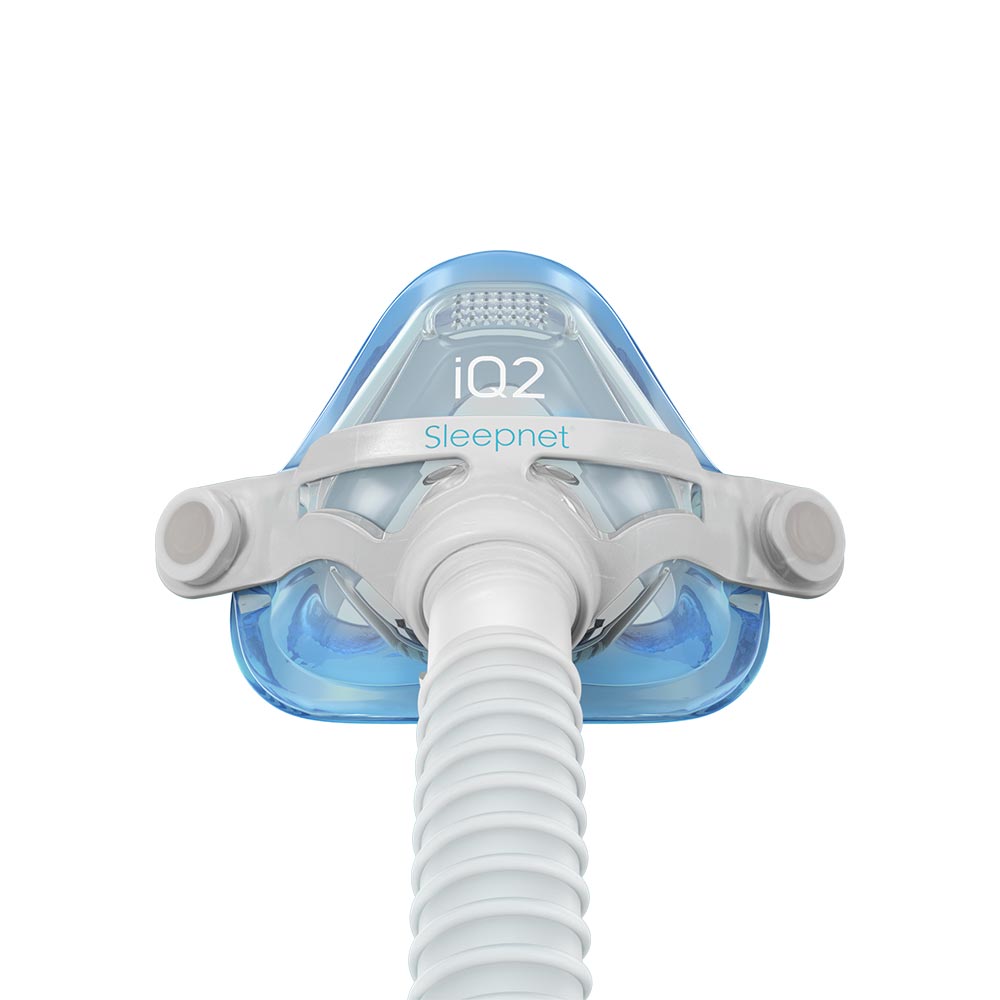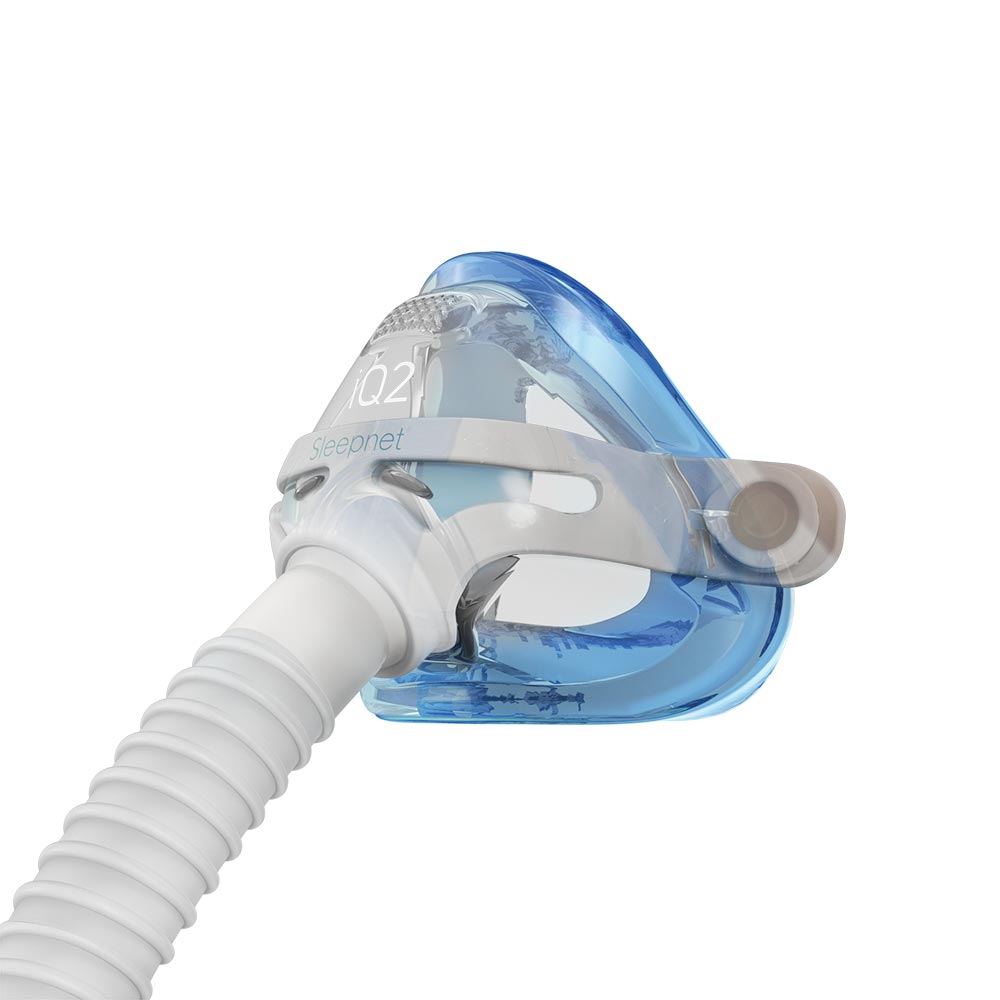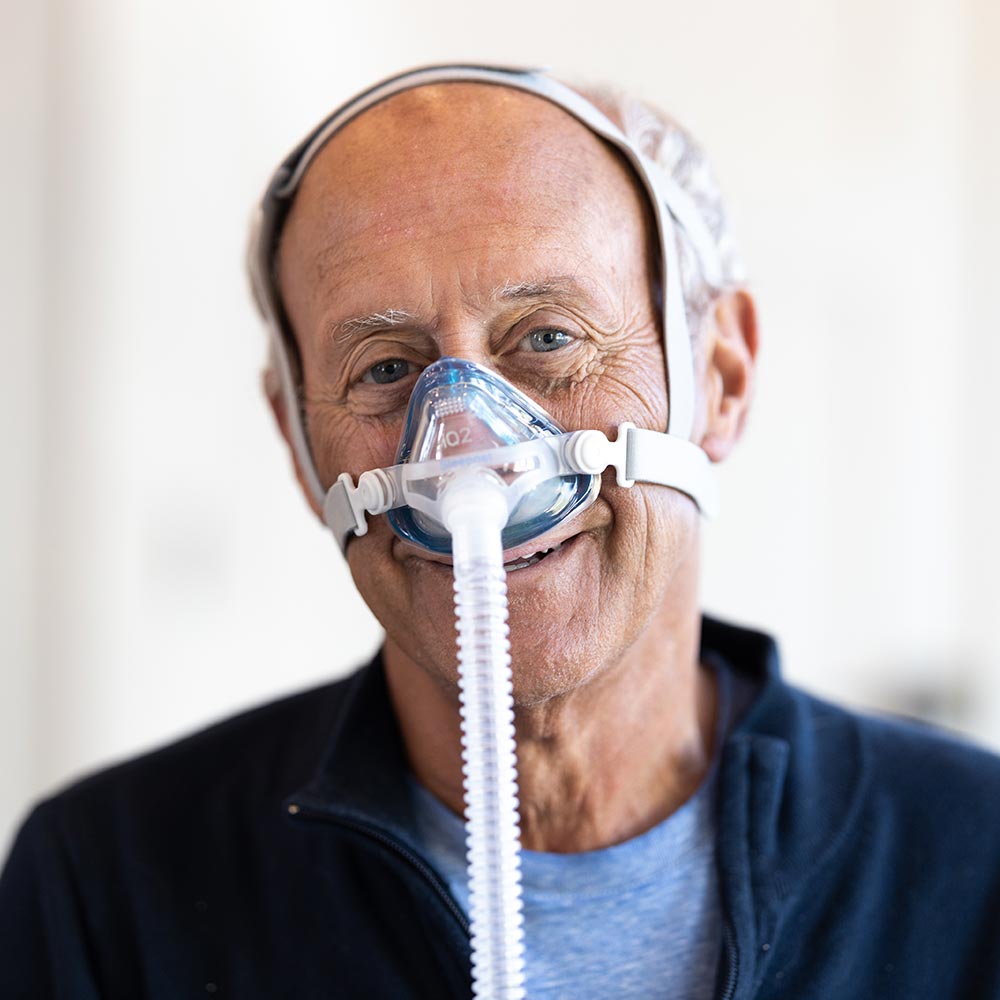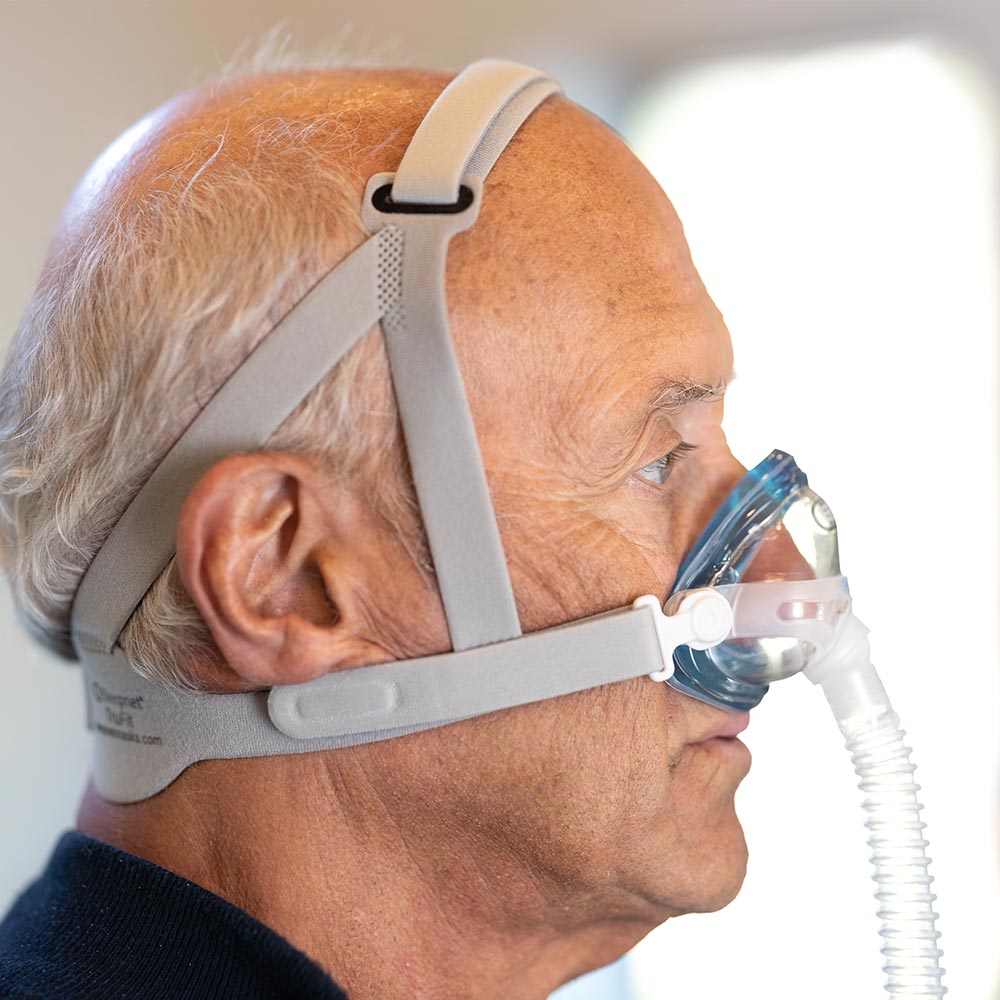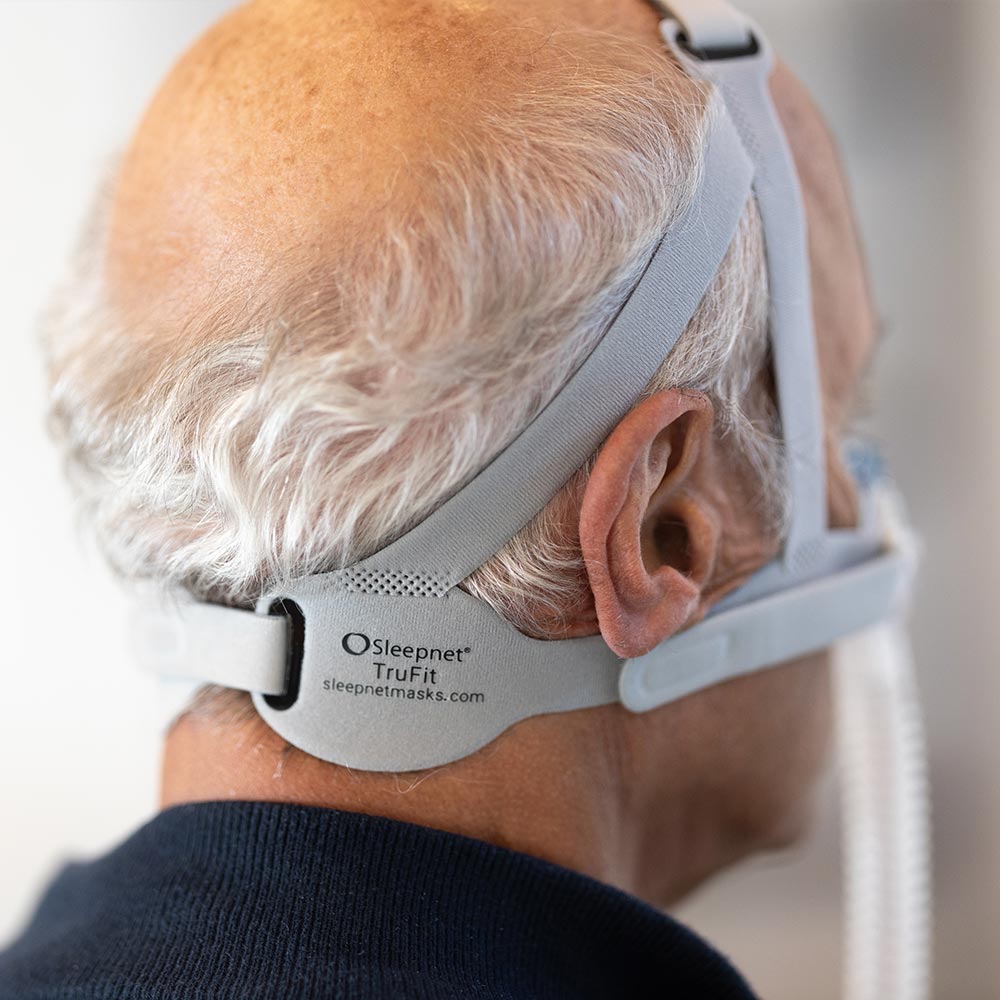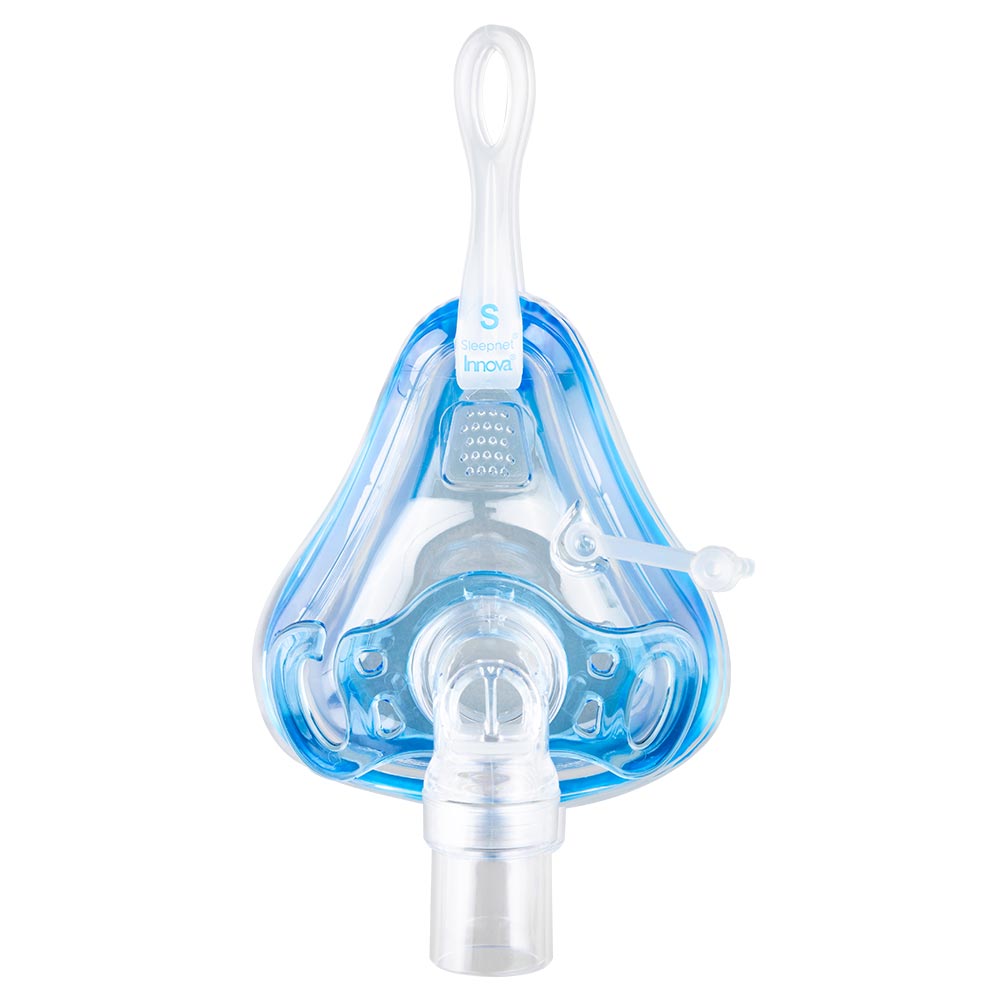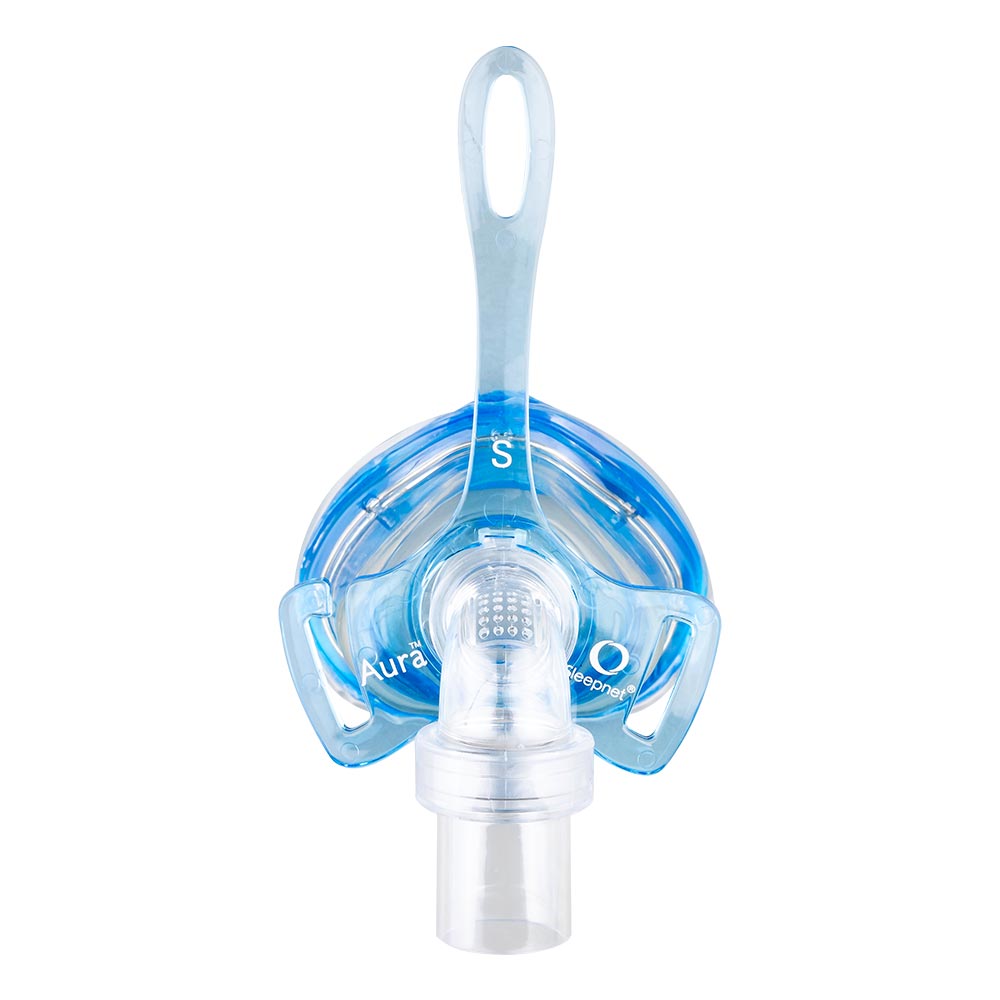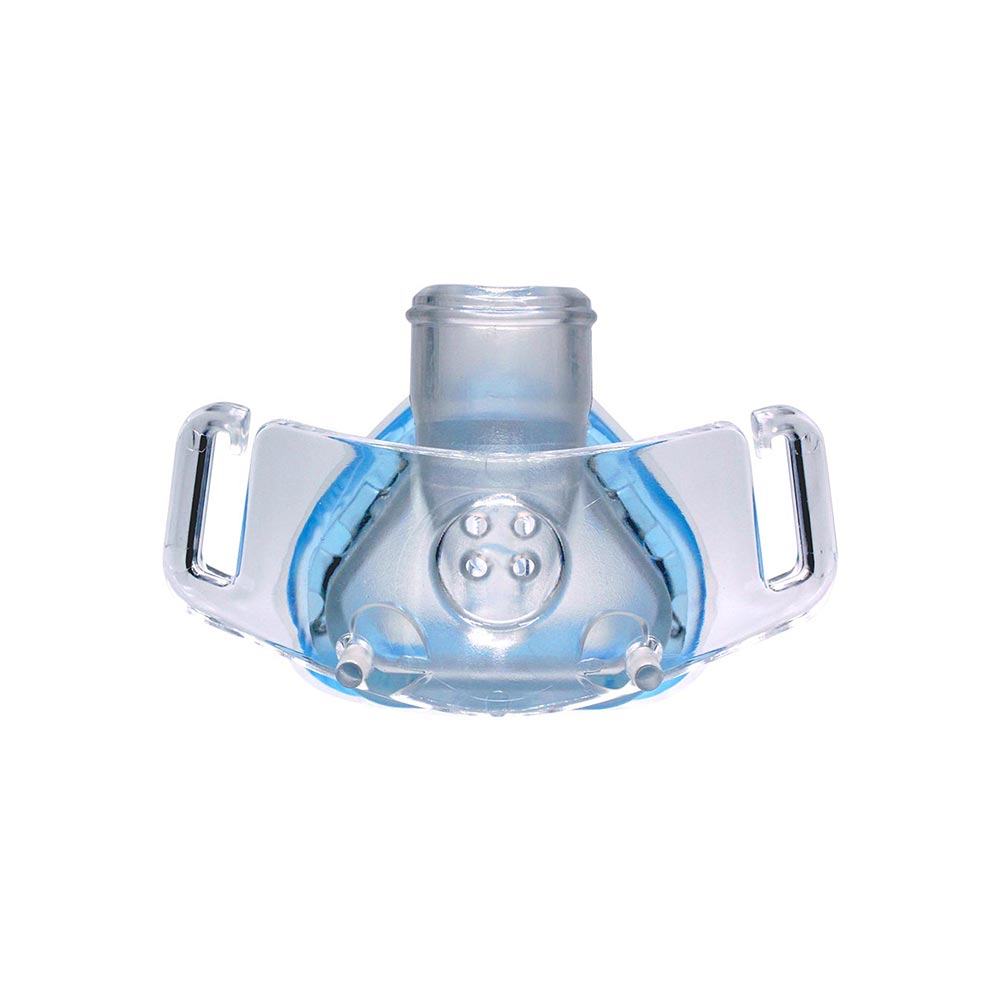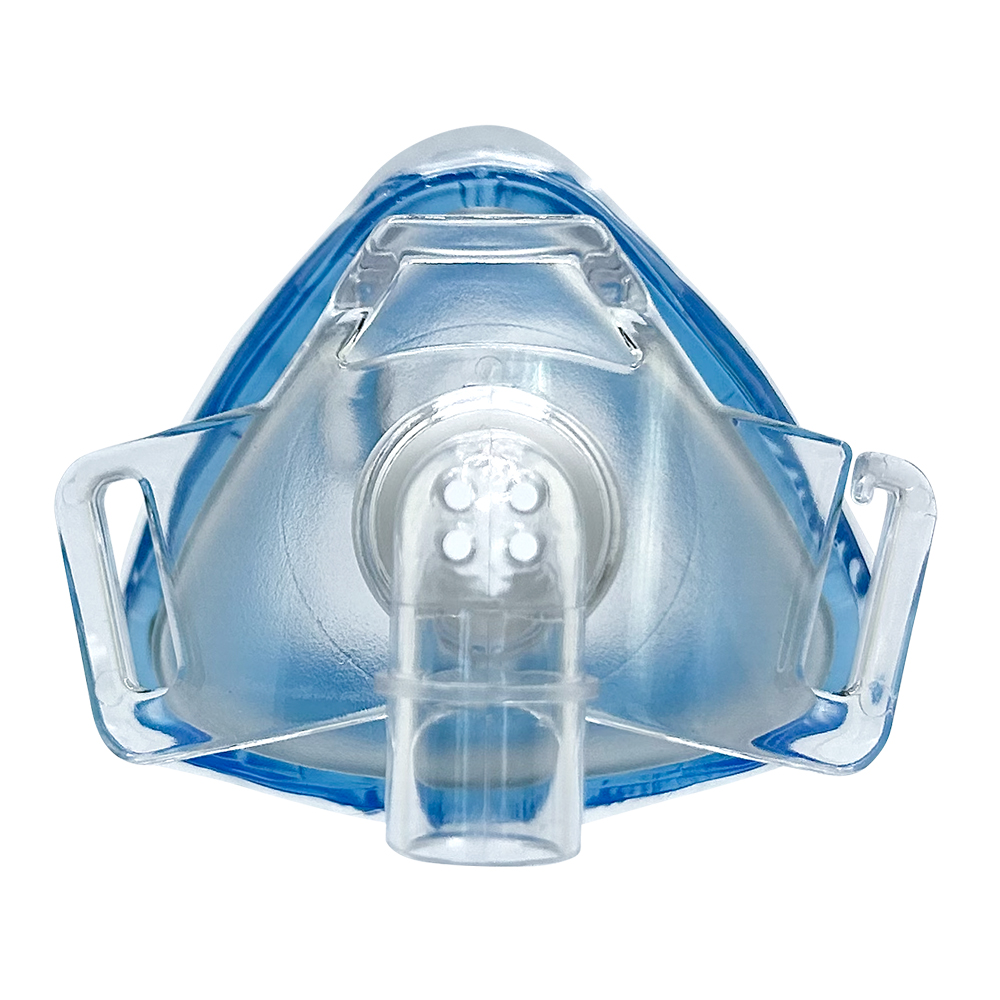Details
iQ®2 Nasal Mask can be shaped to each individual face, providing flexibility, extended visibility, and comfort.
The iQ®2 Nasal Mask uses Sleepnet’s AIR°gel® cushion featuring Custom Fit Technology, which provides superior stability and a comfortable seal while minimizing skin irritation. Readily available for resupply.
Key Benefits:
- Lightweight
- Comfort
- Personalized fit
- Resupply Available
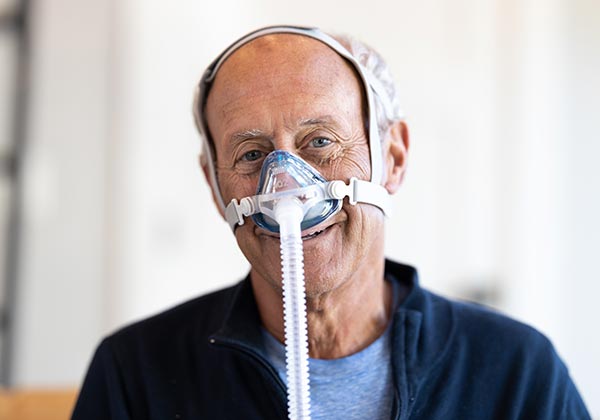
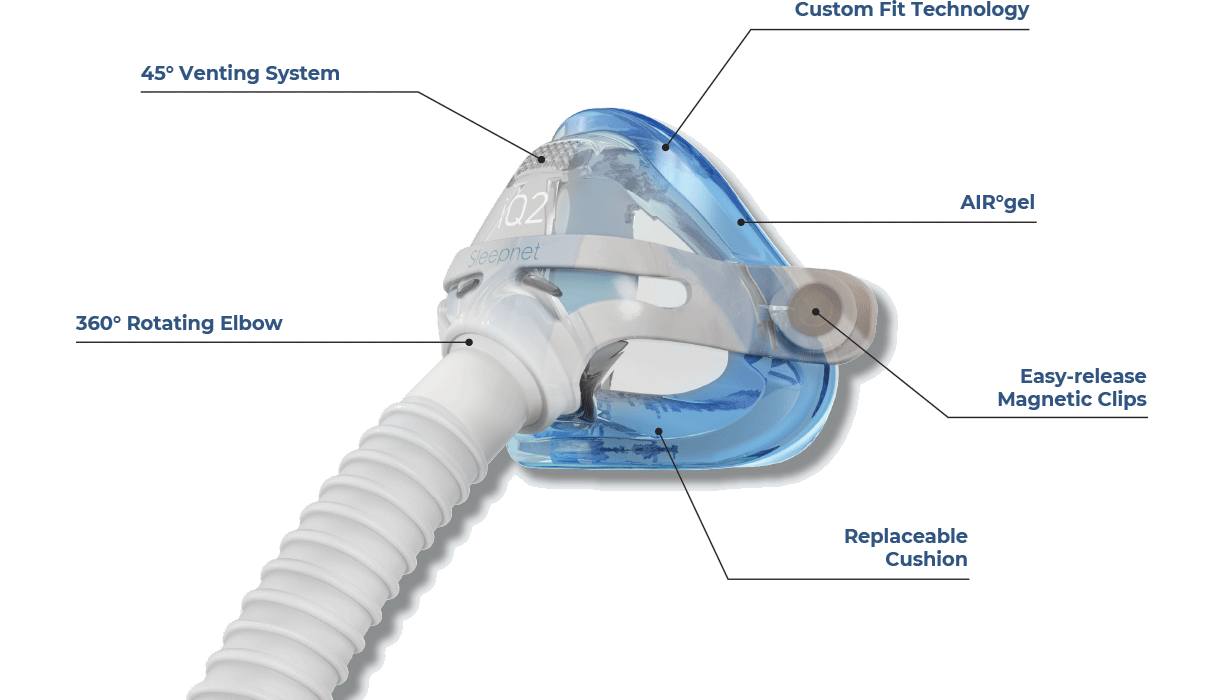
Features
Frequently Asked Questions
CPAP masks come in various types: nasal masks, nasal pillow masks, and full-face masks. Before choosing, consider how you naturally breathe during sleep. A nasal mask might work well if you primarily breathe through your nose. A full-face mask could be a better fit if you tend to breathe through your mouth or have nasal congestion.
Comfort is crucial for successful CPAP therapy. Look for a mask that provides a secure and comfortable fit without causing discomfort or pressure points. All Sleepnet masks have adjustable headgear and AIR°gel® technology to customize your fit and provide a comfortable seal.
Our CPAP masks come in different sizes to accommodate different face shapes. Our sizing guides will help determine your size based on your facial measurements.
Our masks offer various features, such as magnetic clips for easy removal, custom fit technology, and more. Consider which features are important to you and align with your preferences.
Finding the perfect mask for you might take some trial and error. We offer a 30-day Comfort Guarantee if you are unsatisfied with your Sleepnet mask.
The mask cushion, which creates a seal around your nose or mouth, should be replaced more frequently than other components. It typically needs to be replaced every 1 to 3 months or as recommended by the manufacturer. If you notice visible wear and tear, cracks, or the cushion no longer maintains a proper seal, it's time to replace it.
The headgear and straps that hold the mask in place should be replaced every 6 to 12 months or as needed. Over time, the elastic properties of the headgear can diminish, affecting the mask's fit and comfort.
The tubing that delivers the air from the CPAP machine to the mask should be replaced every 3 to 6 months. Inspect it regularly for any cracks, tears, or damage that could affect the airflow.
If you use a chin strap to help keep your mouth closed during CPAP therapy, it should be replaced every 6 to 12 months. Check for any signs of wear and ensure it still provides the desired support.
It's important to note that these are general guidelines, and the replacement frequency can vary based on individual usage, care, and the specific recommendations of your CPAP equipment manufacturer. Regularly inspecting your components for wear and tear, maintaining proper hygiene, and following the manufacturer's guidelines for maintenance and replacement will help ensure the longevity and effectiveness of your CPAP therapy. If you have any doubts or questions, it's always a good idea to consult with your healthcare provider or the supplier of your CPAP equipment.
Adjust the Fit: The first step is to ensure a proper fit. Follow the manufacturer's instructions for adjusting the straps and headgear to create a secure seal without over-tightening. The mask should be snug but not uncomfortable.
Position the Mask Correctly: Make sure the mask is positioned correctly on your face. For a nasal mask or nasal pillow, ensure that the nostrils are centered in the openings. For a full-face mask, ensure it covers your nose and mouth properly.
Check for Damage: Inspect the mask and its components for damage or wear. Over time, parts like the cushion, headgear, and straps can degrade, causing leaks. If you notice any damage, consider replacing the necessary parts.
Clean the Mask: A clean mask can provide a better seal. Regularly clean the mask and cushion as per the manufacturer's guidelines. Both debris and oils from your skin can accumulate on the mask's silicone cushion, leading to leaks.
Address Facial Hair: Facial hair can interfere with the mask’s seal. If you have facial hair, consider trimming it or using a different type of mask that may be more compatible with your facial hair.
Try Different Mask Types: If you've tried different adjustments and your current mask still leaks, consider trying a different style of CPAP mask. There are nasal masks, nasal pillows, and full-face masks, each designed to cater to different needs and facial structures.
Use Mask Liners or Sealants: Some users find success by using mask liners or sealants designed to help create a better seal and reduce leaks. Place liners or sealants between your skin and the mask cushion.
Consult Your CPAP Provider: If you're still experiencing leaks despite trying these steps, it's a good idea to consult your CPAP provider or sleep specialist. They can offer personalized advice and suggest a mask fitting or adjustments based on your needs.
Remember that achieving a perfect seal may take trial and error. It's essential to be patient and persistent while you work toward finding the best solution for your comfort and effective therapy.

